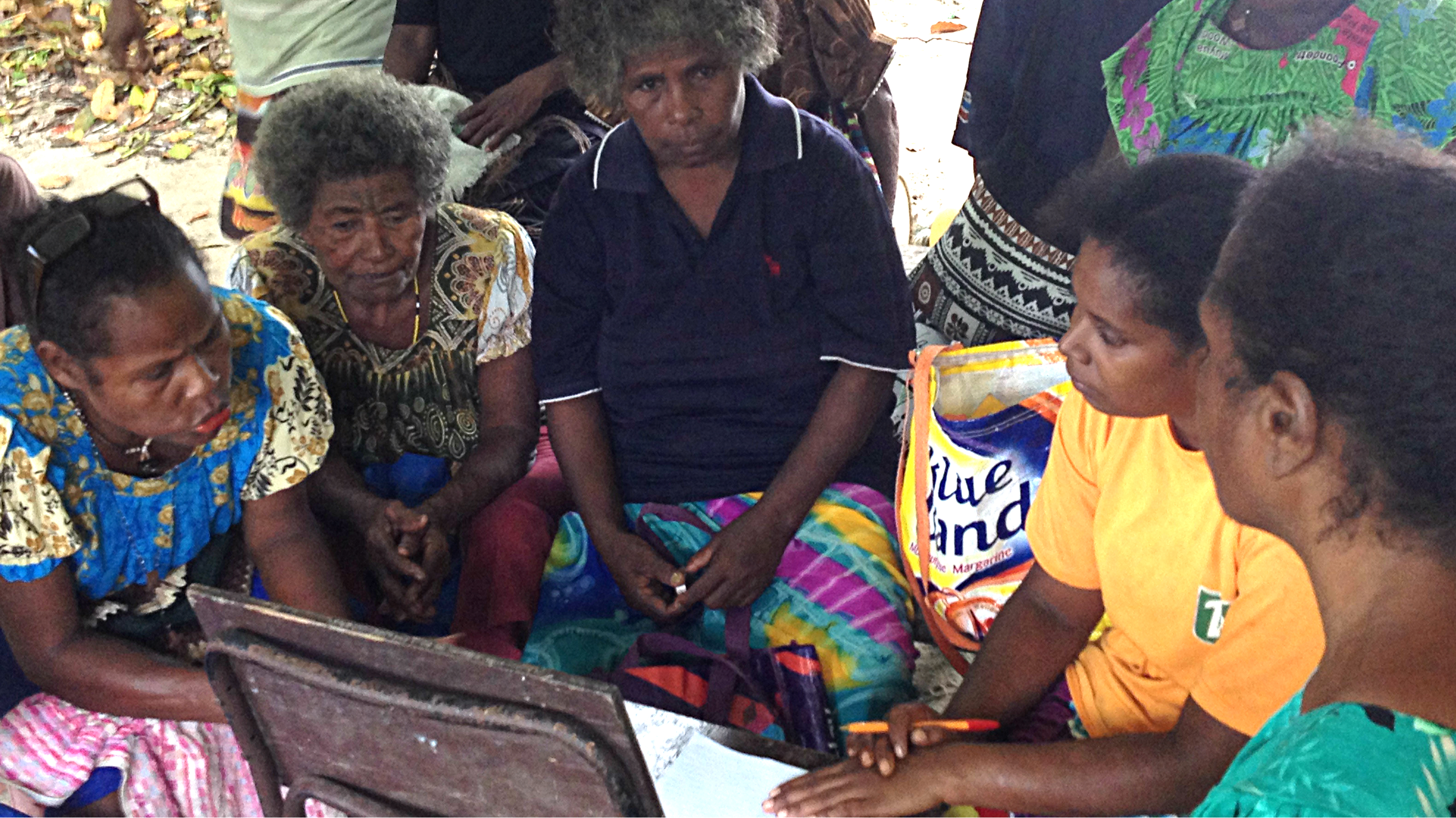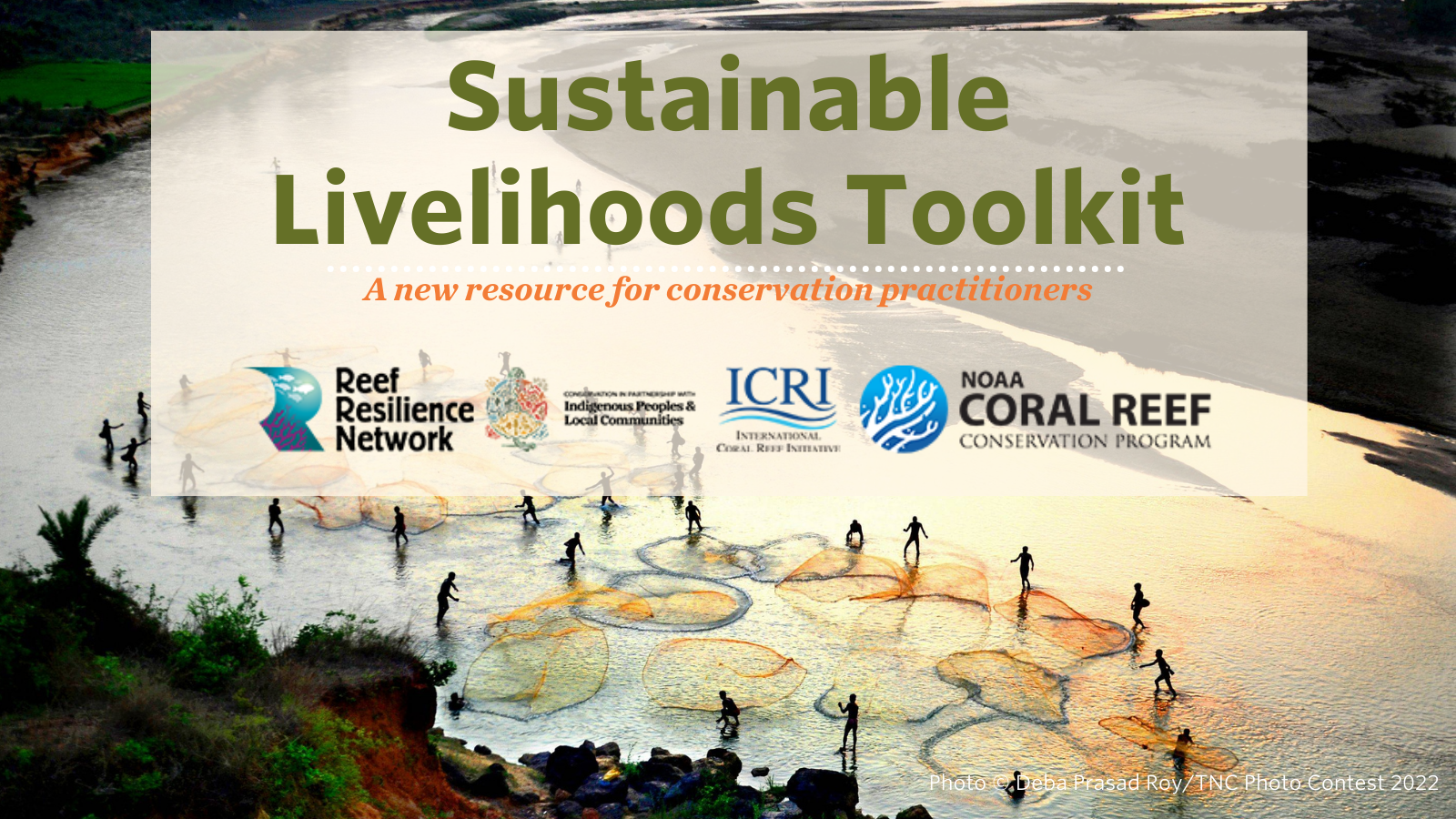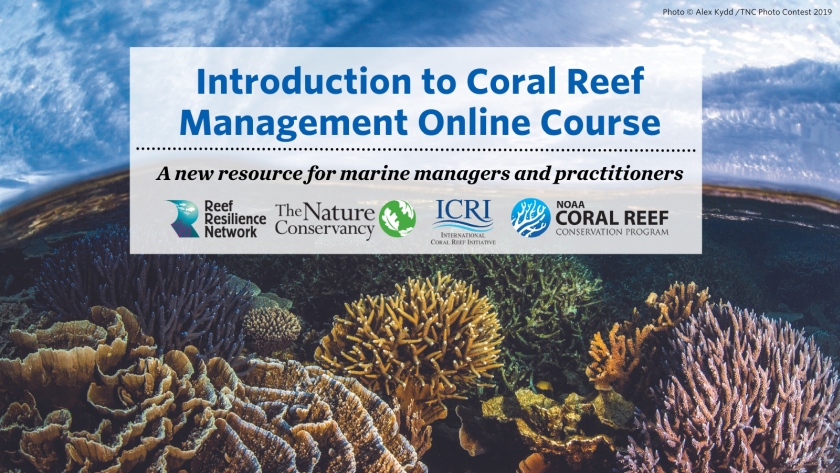Climate change affects individuals, communities, and entire ecosystems, but its impacts are not evenly distributed. Around the world, women are disproportionally impacted by poverty, political disenfranchisement and are often more reliant on natural resources for their livelihoods, making gender a critical component of climate vulnerability.
At the same time, bringing women into climate science and decision-making strengthens climate action, helping communities to be more sustainable and reducing environmental and economic risks.
This March, Lizzie McLeod, The Nature Conservancy’s climate adaptation scientist for the Pacific, is hosting a learning exchange for women across the Pacific Islands to share their climate adaptation experiences and lessons learned. During the workshop, Lizzie will help to capture their innovative local solutions,while broadening women’s engagement in sustainability. We caught up with Lizzie to discuss her work on the frontlines of gender and climate risk.
Staff News: Hi Lizzie. Tell us about yourself: How many years have you been at TNC and how did you get started in this work?
Lizzie: I have been at TNC for 15 years! I started as a coral reef scientist and became interested in exploring how coral reefs react to warming ocean temperatures. The biggest shift in my career took place when I started working more closely with coastal communities. As a marine scientist, I understood the importance of conducting research to model climate impacts, but working with communities in the Pacific deepened my appreciation for solutions that were developed directly from the communities themselves. Mirroring the broader trend in the Conservancy’s work, I also shifted from focusing on the natural sciences to tackling the intersection of people and nature. Climate change is the single biggest environmental threat facing Pacific Island communities, so strategies that help communities and ecosystems adapt to a changing world are crucial.
While working with different communities, why is it important to focus on bringing women into climate research and solutions?
LM: Women often face unequal access to natural resources and decision-making and limited mobility which can make them disproportionately affected by climate change. Women also may face social, economic and political barriers that can limit their ability to cope with climate impacts. However, vulnerability varies among groups and individuals as well as over time. We cannot simply view women as a homogenized “vulnerable” group. Doing so prevents us from appreciating and addressing the power relations involved, and the active role that many women play in environmental management, climate mitigation, and adaptation. We need to explore how and in what contexts women are able to deal with the unequal effects of climate change and also develop solutions that build their capacity to create positive and lasting change in their communities.
In addition…
Women often bring different perspectives, knowledge and solutions to the table. Women’s responsibilities in their homes and communities, and their management of natural resources, means that they are critical to strategies designed to address changing environmental conditions. As an example, in many Pacific Islands, the women are the ones that primarily harvest taro – a culturally important and dietary staple threatened by climate change. Therefore, engaging women is critical to developing sustainable climate solutions that build on their traditional knowledge and expertise managing the resource. It wasn’t until scientists built gender into their research that they gained insights into the practices that the women were using to help farms adapt to saltwater intrusion, changing rainfall patterns, and sea-level rise. While it’s true that in many areas, women are especially vulnerable to climate impacts, what is often overlooked is that they also are often leading the way to experiment with climate solutions.
What inspired your idea for a women’s learning exchange as opposed to a broader community workshop?
LM: If you want the real story, the idea originated at a previous climate workshop when I saw women getting up to speak and getting cat-called by some of the men in attendance. Their input was marginalized. Women are often excluded from environmental decision-making including policy discussions about conservation and resource use, so we wanted to figure out a way to ensure that their voices would be heard and that they could help to shape climate solutions. This learning exchange will be the first time that these women from across the Pacific are all together in a space to discuss their ideas and climate solutions. By bringing these women together and creating a platform, we believe that we will be able to validate the critical role that women play in adaptation, strengthen existing adaptation actions, and help to leverage these solutions across the region.
You focus on the Pacific in your work. Why is this region important for climate solutions?
LM: Islands across the Pacific are literally on the frontline of climate change and are among the most vulnerable to coastal storms, sea level rise, ocean acidification and changing rainfall patterns. These effects are already being felt by communities in the Pacific, resulting in a lot of political will and motivation to take action. The Nature Conservancy has a 25-year track record of success in the Pacific and has relationships with leaders from the local level up to the national stage, which gives us the dual opportunity of cultivating solutions for some of the most at-risk communities and scaling them up to implement solutions around the world. Most importantly, cultural identity is tied to the land. When land is lost, culture is lost. We have a moral imperative to focus our work in this area and an opportunity to make a significant contribution to improve people’s lives.



